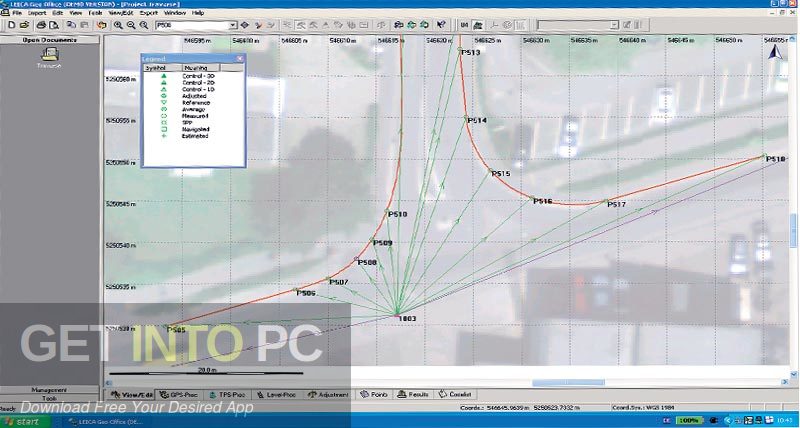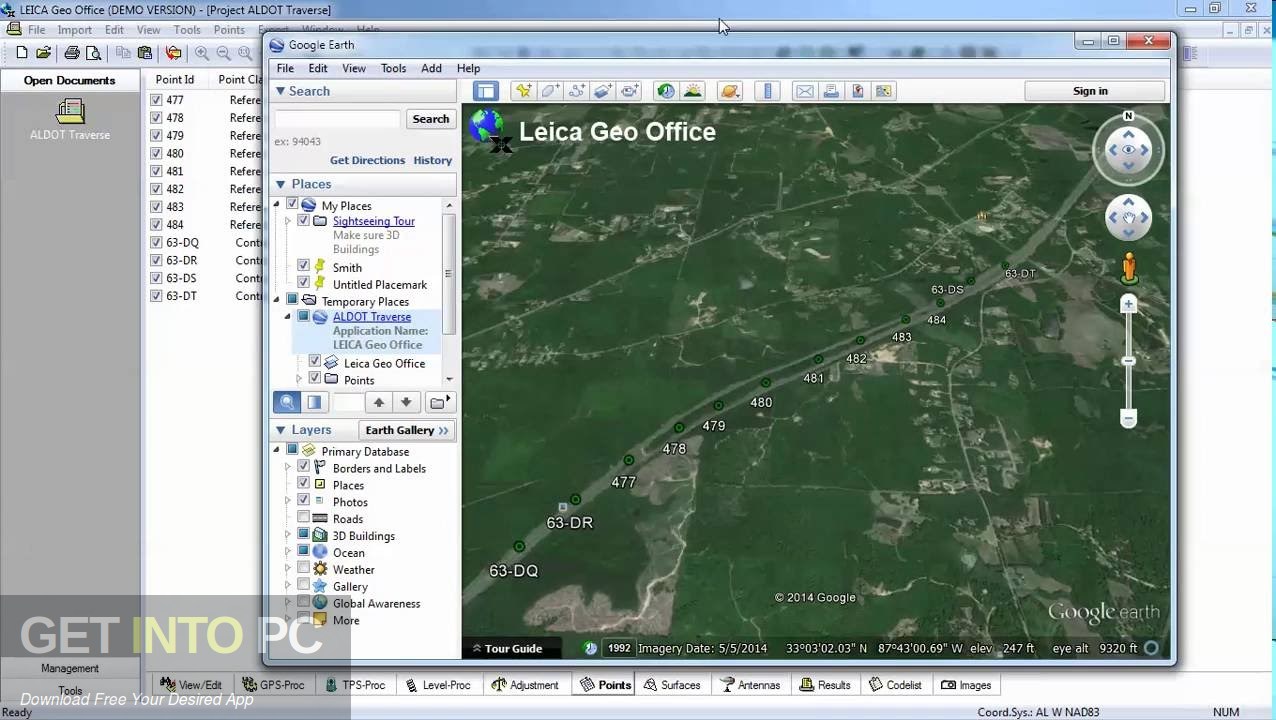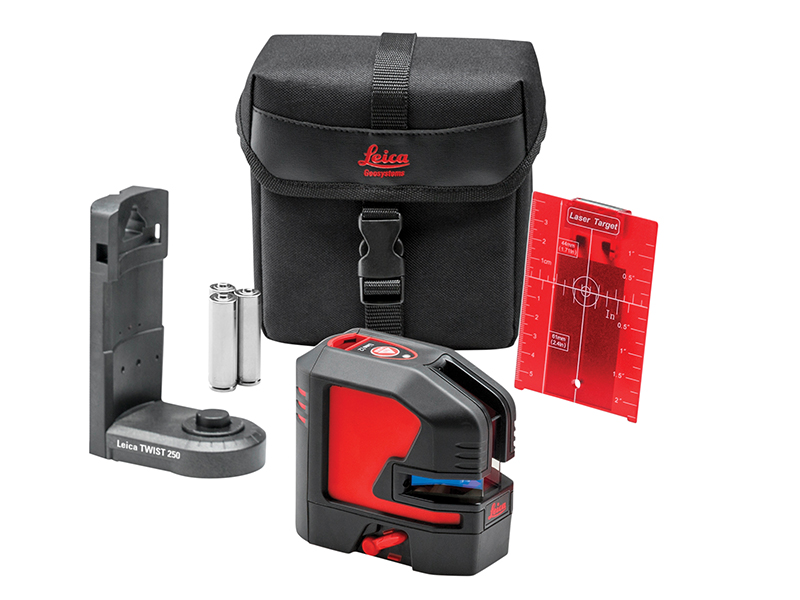

The tests are performed on a series of control points which are situated within the network. Many authors have studied the functioning and carried out different tests to verify the quality of the RTK service in a network of permanent reference stations. While it is important to improve these two factors, it is no less important to ascertain the positional quality obtained in the topographic surveys and stakeouts fundamental aspects within the field of Civil engineering through compliance testing. Without doubt, this has meant a significant advance in the field of topography, optimising economic costs and improving farmland yields. Methodologies are allowing for the application of GNSS technology in many areas, such as updating cartography, GIS inventories, fleet location and management, precision agriculture, mining applications. Such a concept is used for the following RTK architectures: Virtual Reference Station (VRS) Individualized Master-Auxiliary (I-MAX) and Pseudo Reference Station (PRS).


With a bidirectional link it is necessary for the mobiles receptor to send its approximate position to the control centre, generating the corrections appropriate for the mobile equipment. Such is the case of the Flächen Korrectur Parameter (FKP) corrections and Master Auxiliary Concept (MAC) corrections. In the unidirectional link the user receives the correction directly. Today there are different methodologies for calculating the transmission of the corrections based on the unidirectional or bidirectional nature of the communication. Since the 1990s, numerous studies have been carried out in this area, seeking to improve both the calculation methods and the sending of such corrections. Using the information received from all the antennae, the control centre determines and models the errors, creating corrections that are sent by the data distribution channel in order to improve the solution obtained in Real Time Kinematic (RTK).

The scope of these networks can be global like the International GNSS Service (IGS), continental such as the Euref Permanent Network in Europe, national such as the ERGNSS in Spain and local such as the Andalusia Positioning Network (RAP) in Andalusia.Įach of these, Continuously Operating Reference Stations (CORS) are comprised of a certain number of GNSS receivers, distributed homogeneously throughout the area in which it is intended to provide the service, a control centre where the data from said antennae is received a data distribution channel.
Leica geo office mac download#
In order to improve the quality metrics and services offered by GNSS systems, several GNSS networks have been installed, both private and public, offering download data services for post-process works and the sending of differential corrections, allowing for precise real time positioning. This has had a direct consequence on the widespread use of these technologies in different areas, mainly in the Engineering and primarily Civil Engineering. Over recent years, Global Navigation Satellite Systems (GNSS) have seen major advances, closely related to the increase in the number of satellites and the improvement and development of signal processing algorithms.


 0 kommentar(er)
0 kommentar(er)
